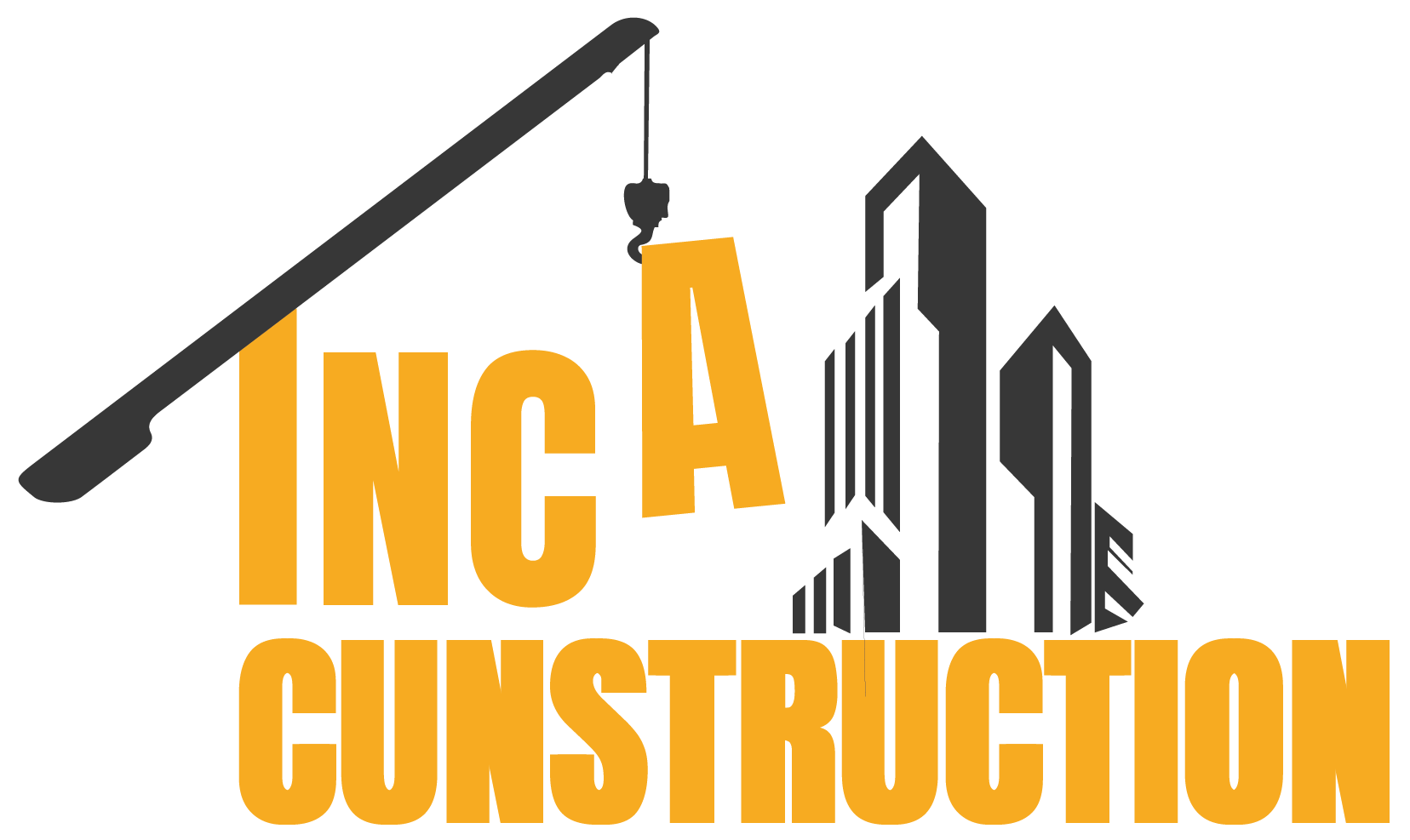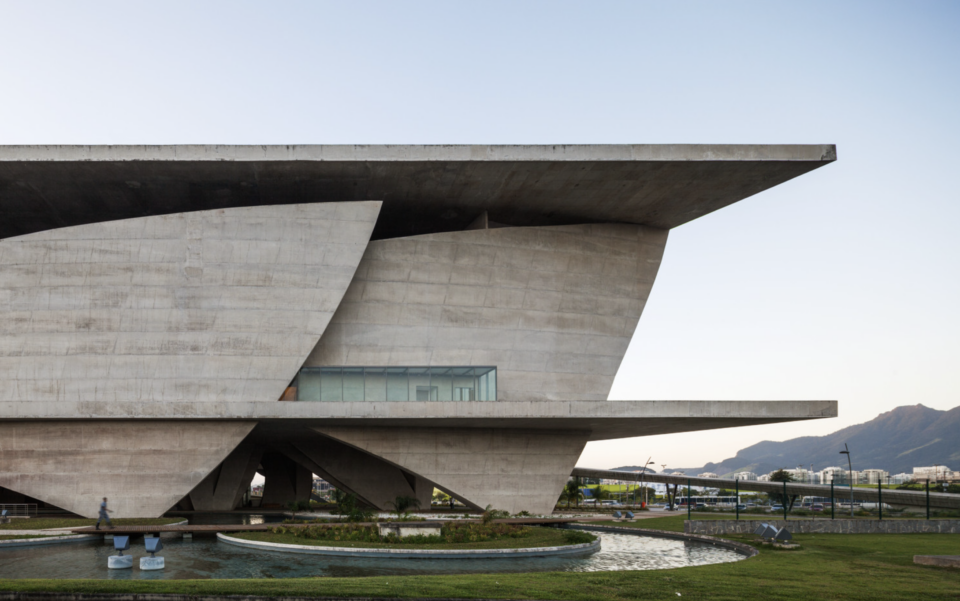I used to think of concrete as… boring. Just a gray, cold, industrial material you’d see in parking garages or unfinished basements. But that was before I visited the Church of Light by Tadao Ando in Osaka. That space? Pure concrete—and yet it felt serene, powerful, and beautiful all at once.
That’s when I realized concrete isn’t just a structural choice—it’s an architectural statement.
Why Concrete Architecture Is More Than Just “Gray and Heavy”
Let’s start with the basics:
Concrete architecture refers to buildings where concrete isn’t just the hidden skeleton—it’s front and center, part of the design, the aesthetic, and the identity of the structure.
And when it’s done well? It’s stunning.
Concrete gives architects a ton of flexibility. It can be poured, molded, polished, textured, stained, or even carved. That versatility means you can go from a smooth, curvy museum to a sharp, edgy brutalist block—and it’s all the same material.
And the best part? It lasts. Concrete is strong, fire-resistant, weather-resistant, and low-maintenance. It’s been used in architecture for centuries—just look at the Roman Pantheon, still standing after 2,000 years.
The Best Uses of Concrete in Architecture Today
So, what are the best uses of concrete in architecture?
Honestly, it’s everywhere once you start paying attention. But here are a few standout uses:
-
Public Buildings – Museums, libraries, and government centers often use concrete for both strength and symbolism.
-
Bridges and Infrastructure – It’s unmatched when it comes to durability.
-
High-Rise Buildings – Reinforced concrete supports massive loads, making skyscrapers possible.
-
Modern Homes – More and more residential designs are using concrete for its raw, minimalist aesthetic.
-
Underground Construction – Tunnels, parking structures, and storm shelters rely on concrete’s strength.
I remember walking through the Brion Cemetery by Carlo Scarpa in Italy—every concrete detail was intentional. It wasn’t just strong. It was poetic.
Concrete Architecture Style: From Minimalism to Monumental
Let’s talk concrete architecture style, because yes—it’s a whole vibe.
There are a few core styles worth knowing:
1. Modern Minimalism

Clean lines, smooth finishes, open spaces. Think Japanese architects like Tadao Ando, who turn concrete into a canvas for light and shadow.
2. Concrete Brutalist Architecture
You either love it or hate it. Brutalism exploded in the 1950s–70s, with buildings that look heavy, raw, and unapologetic. Exposed concrete, repetitive geometric shapes, and a no-nonsense approach to design.
Famous examples?
-
Barbican Centre in London
-
Boston City Hall
-
UNESCO Headquarters in Paris
I used to find concrete brutalist architecture a bit intimidating—like it was shouting at me. But over time, I’ve come to appreciate the bold honesty in it. It doesn’t pretend. It just is.
3. Organic Forms
Some architects use concrete to mimic nature—think curves, fluid shapes, and organic structures. This works especially well in museums or art centers where the building itself becomes a work of art.
Reinforced Concrete Architecture: Changing the Game
So how do you take a material as heavy as concrete and make it fly?
Answer: reinforced concrete architecture.
This technique uses steel rebar or mesh inside the concrete to make it way stronger. That combo of tensile strength (steel) and compressive strength (concrete) is what allows us to build massive bridges, soaring towers, and curved shells.
Without reinforced concrete, we wouldn’t have:
-
Highway overpasses
-
Long-span stadium roofs
-
Underground metro systems
It’s kind of wild when you think about it. Reinforced concrete isn’t just a tool—it’s the reason modern cities can grow upward and outward.
Why Concrete Keeps Coming Back in Design Trends
Design trends come and go—glass, wood, steel—but concrete always finds a way back into the spotlight.
Why? Here’s what I’ve noticed:
-
It’s honest. What you see is what you get. No cladding, no fancy cover-ups.
-
It’s adaptable. Whether you’re going industrial or cozy-modern, concrete fits in.
-
It ages well. Unlike trendy materials, concrete develops a kind of dignity over time.
-
It’s sustainable (when used right). Newer techniques are reducing concrete’s carbon footprint, and recycled concrete is gaining popularity.
Plus, concrete feels authentic—and that’s something a lot of us are craving in design right now.
Discover heartwarming stories, amazing recipes, and lifestyle tips at Blessed Beyond Words – your go-to source for food and general insights! – https://blessedbeyondwords.com
Final Thoughts: The Beauty in Boldness
If you’d told me years ago that I’d be obsessed with concrete, I probably would’ve laughed. But here we are.
Concrete architecture is about more than strength—it’s about boldness, simplicity, and permanence. It’s a material that invites creativity while grounding it in reality. Whether you’re admiring a smooth, minimalist home or a dramatic brutalist museum, you’re seeing design in its rawest, most powerful form.
And once you start seeing concrete this way, you’ll never look at a “gray” building the same again.
To learn more about the remarkable engineering and architectural feats behind skyscrapers, check out Skyscrapers: Pushing the Limits of Height and Engineering in Architecture. This article dives deep into the evolution, challenges, and future of skyscrapers, showcasing how they continue to shape modern cities.

